(865 products available)




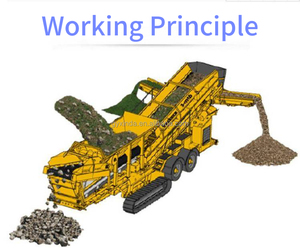





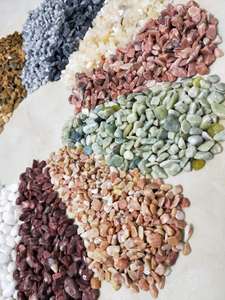


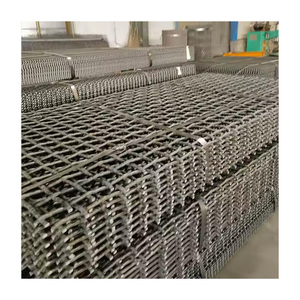



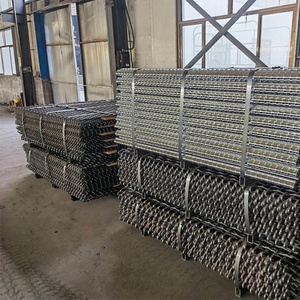


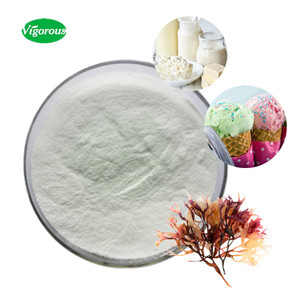




















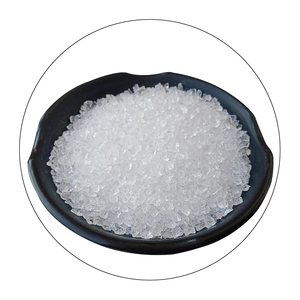


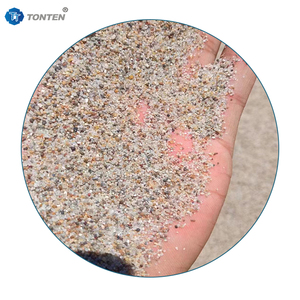



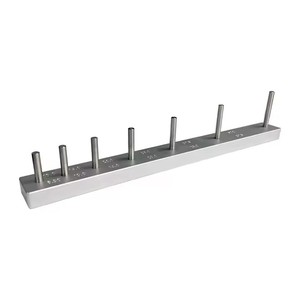



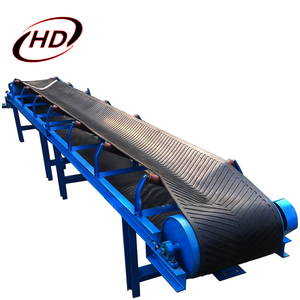



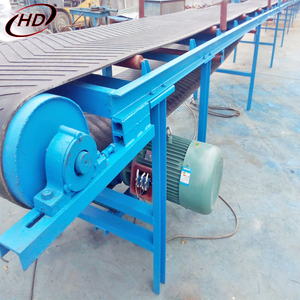

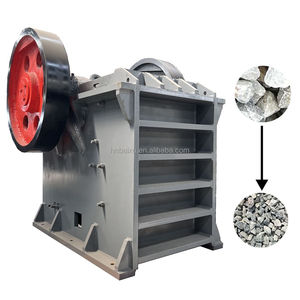
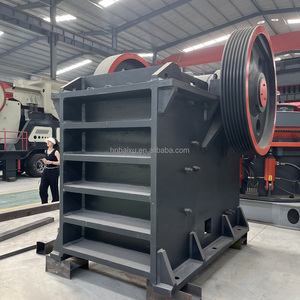

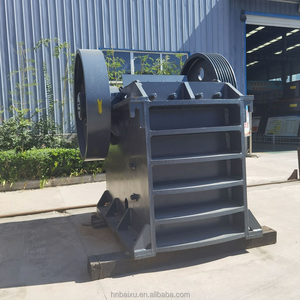


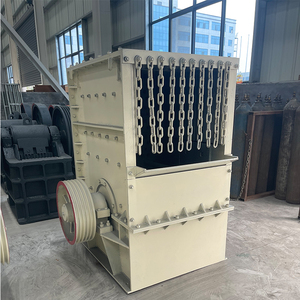
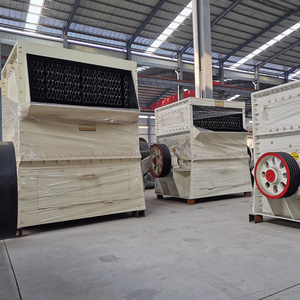
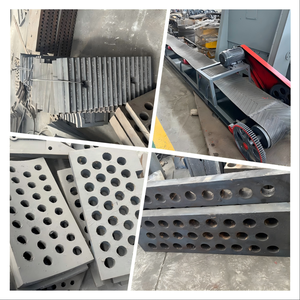






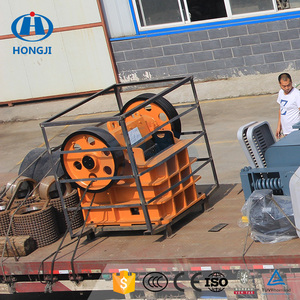


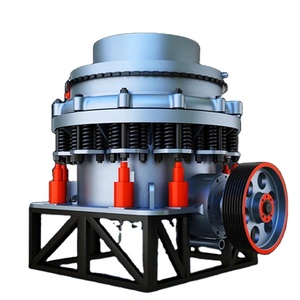




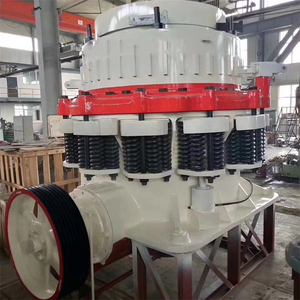




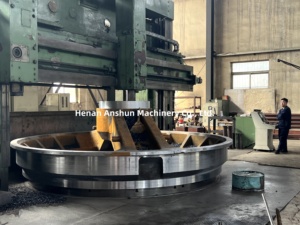
















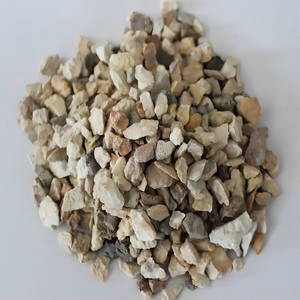


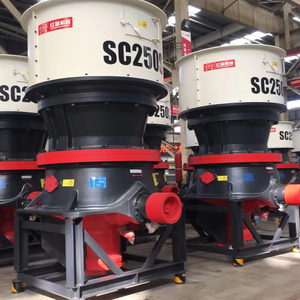

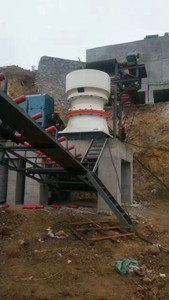
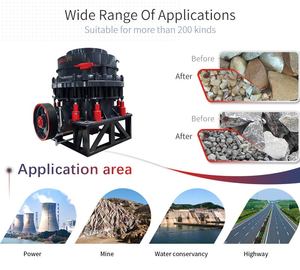



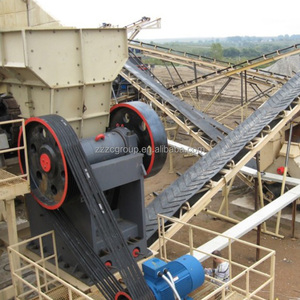
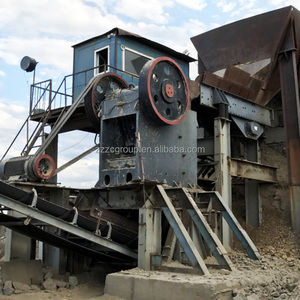






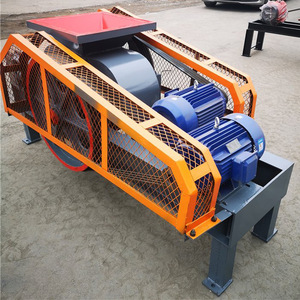


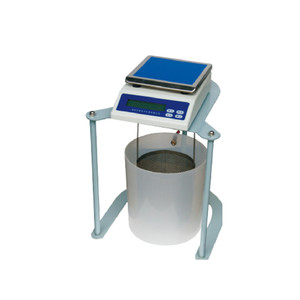







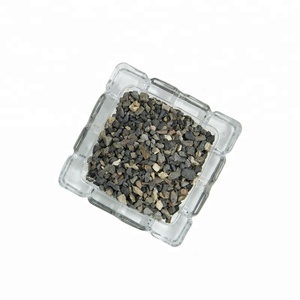





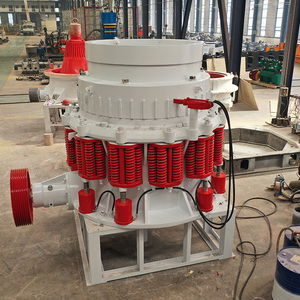

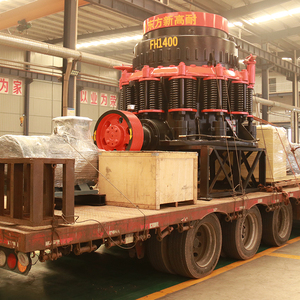















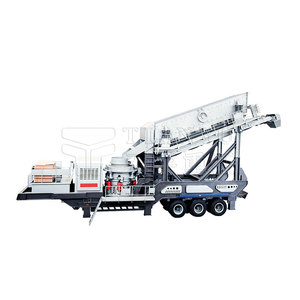

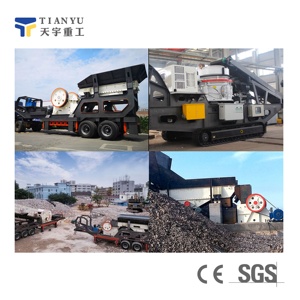



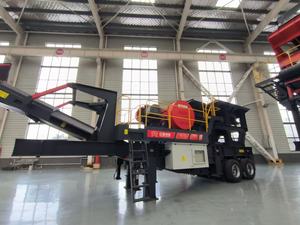
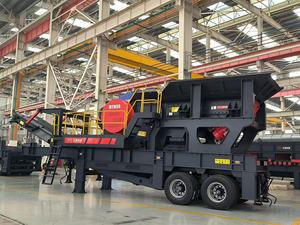

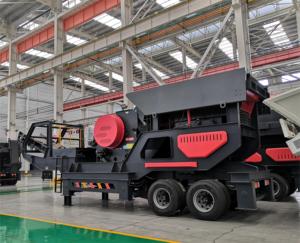
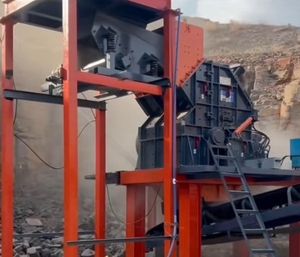






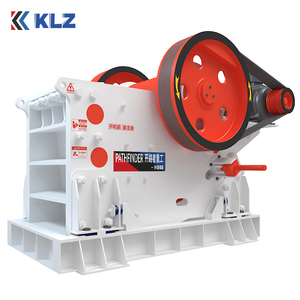



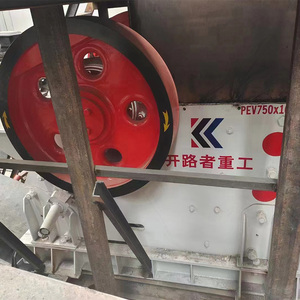

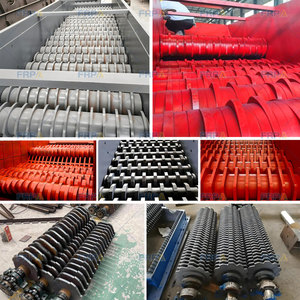











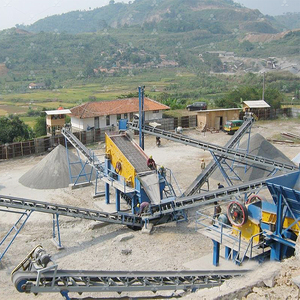



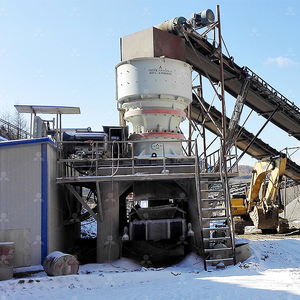
Coarse aggregate is a construction material that mixes cement, fine aggregate, water, and chemical admixtures to form concrete. They usually come in different sizes to suit various applications. Some examples include gravel, which is commonly used in road construction and as a base for foundations and driveways, tarmac, and asphalt; larger-sized crushed stones that are strategically placed in flood-prone areas and drainage systems to facilitate and improve water percolation; and screened stones that are commonly used as filler materials in various construction projects.
Aside from the applications mentioned above, coarse aggregates can also be categorized into three main types based on their material composition.
Naturally Obtained Aggregates
Natural coarse aggregates are large particles typically extracted from the earth's crust. This is primarily achieved through various mining and extraction techniques. This type of aggregate is the most commonly used in concrete production, thanks to its ability to provide the necessary structural support.
Manufactured Aggregates
These types of aggregates are typically produced from industrial by-products or manufacturing processes. Examples of such aggregates include furnace slag, synthesized in the process of iron and steel production, and reclaimed concrete, which is obtained from demolished concrete structures.
Artificial Aggregates
Artificial aggregates are created purposely for use in concrete mixtures. They are made by heating clay or shale in high temperatures until they expand and create lightweight aggregates. This process results in aggregations with low density and high porosity, making them ideal for use in concrete mixtures to reduce weight and enhance insulation properties.
Different types and sizes of coarse aggregates have varied specifications depending on the intended use.
Typical Sizes
Coarse aggregate is crushed into various sizes depending on industrial requirements.
-36-11/2 uses industrials such as highway or airport runway construction. Its particle size ranges from 3/8 inches to 1/2 inches, with a typical density of 1500-1750 kg/m3.
-Crushed Stone 3/4 is used for large-scale industrials like producing concrete and blocking drainage. Its particle size ranges from 3/8 inches to 3/4 inches, with a typical density of 1500-1750 kg/m3.
-Gravel 3/4 is used for large-scale industrials like producing concrete and blocking drainage. Its particle size has a density of 1500-1750 kg/m3.
Specific Gravels
Sand and gravel pits yield specific gravels. Typical densities range from 1600 to 1900 kg/m3. Lakes, rivers, and seabed can also yield specific gravels, with typical densities ranging from 1500 to 1750 kg/m3.
-Fine aggregate usually consists of sand particles between 0.15 and 0.5 cm. It is used to fill gaps between larger coarse aggregate. Typical densities range from 1600 to 1900 kg/m3. -Granular A is a term in Ontario referring to a high-quality recycled aggregate often used as a base layer for roads.
-Granular B is a lower quality aggregate than granular A, often used for backfilling or in lower trafficked road construction.
Specific Densities
-Primary crushed aggregate typically has a higher density due to its larger particle size. For example, primary crushed granite as coarse aggregate has a typical density of 1700 kg/m3. -Secondary crushed aggregate has a lower density due to its smaller particle size. For example, secondary crushed concrete as an aggregate has a typical density of 1500 kg/m3.
A well-planned maintenance program and timely intervention allow an often costly and complex asset, such as an aggregate equipment, to become manageable, reliable, and, above all, safe. Therefore, following the manufacturer's recommended service intervals and taking time to know the machine's signature are both crucial to a coarse aggregate machine's seamless functioning and longevity.
Preventive maintenance:
When it comes to preservation, a simple yet incredibly efficient step is to clean after use. Removing cast-off aggregate - particularly sedimentation of fine aggregate - is crucial to prevent any surface corrosion or residual chemical reactions. Rinsing off the equipment with plain water is enough to get rid of most of the dirt.
Using a high-pressure washer would help quicker drying time, but the pressure should never exceed 1,500 psi. This is a temperature-driven exercise, with the surface cleaning done as quickly as possible while parts are still warm. Pressure should always start lower in more sensitive areas to prevent damage and be increased in high-wear zones where aggregate can impact more extensively. In addition, the hot water tank temperature should be between 140 and 160 degrees. Whenever possible, wash on an aggregate stockpile or where water can be reused and aggregate allowed to dry better, saving more washing water that would otherwise be sent down the drain.
Predictive maintenance:
This technique uses condition monitoring and data analysis to anticipate and perform maintenance on a causal basis rather than continually reacting or on a fix-it-when-broken philosophy. Training the staff responsible for washing the machine on the more coarse aggregate parts, including the pump and chassis, will ensure those with higher wear and tear are better taken care of, preventing breakdown and its associated costs and hazards.
The key to equipment longevity is proper washing, and each machine has some parts where data storage and processing sites and aggregate holding sites need to be more essential. For example, it may be essential to wash the entire road a stone crusher takes rather than just the areas where data are found, as the entire section may hide additional wear-and-tear data. Knowing these distinguishing parts can ensure all components are utilized to their full length of time and those criticals longer need to be washed while optimizing aggregate draining recycling practices.
Construction projects
Coarse aggregate plays a crucial role in construction projects such as roads, bridges, dams, and high-rise buildings. It serves as a fundamental component of concrete, providing strength and stability. Gradation of coarse aggregates is significant, ensuring proper particle distribution for optimal load-bearing capabilities.
Concrete manufacturing
Coarse aggregate is one of the primary constituents of concrete, along with cement, water, and fine aggregates. Coarse aggregates are the main fillers in the mix, reducing the amount of cement and sand needed while still maintaining the desired strength. Recycled concrete aggregate is an eco-friendly option.
Road construction and asphalt
Coarse aggregate is used in road construction to create strong and durable asphalt concrete. Typically, crushed stone or gravel is used as an aggregate, with binder oil mixed to form a resilient material that can withstand heavy traffic.
Landscaping and drainage solutions
Larger sized aggregates, such as pebble stones and crushed rocks, can be used for decorative features or drainage solutions in landscaping. For instance, using coarse aggregate in urban drainage systems can help alleviate flooding by allowing rainwater to percolate through the ground quickly.
Structural components
Coarse aggregates also find application in creating structural components such as beams, columns, and slabs. In precast concrete elements, where components are cast before construction and then transported to the site for assembly, large aggregates are integral in enhancing the structural integrity of these elements.
Industrial applications
Coarse aggregates have diverse industrial applications as well. For example, aggregates are used in the production of lightweight aggregates, which are created by heating certain materials to form closed-cell structures that provide thermal insulation and reduce weight.
Coarse aggregate in mortars and plasters
While fine aggregate is typically used in mortars and plasters, coarse aggregate can be utilized in certain applications where texture and strength are essential. Additionally, mortar with coarse aggregates is more cost-effective, requiring less cement to achieve the desired properties.
Friction pad
Coarse aggregate also plays an indispensable role in the production of many friction pads that are attached to braking systems within automobiles. Integrated into the makeup of the pad itself, coarse aggregate assists in providing the structural stability and strength required to support the pad's function.
Business buyers in the machinery industry should consider the following factors when selecting coarse aggregates for their specific purposes.
Determine the Purpose of the Project
Before choosing the aggregate, it is essential to identify the project's needs. If one is constructing a sturdy building, they may need large aggregates because they contribute to the strength of the concrete. Also, understand the properties needed for the project, such as durability and workability.
Check the Source of the Aggregate
Coarse aggregate can be found from natural, artificial, or recycled sources. Each source has unique benefits. For instance, natural aggregates offer easy work, while artificial aggregates reduce weight. Choose a suitable aggregate based on project needs.
Consider the Size and Shape of Aggregates
Selecting a suitable size is important because it affects the amount of space the aggregate will fill. Well-graded aggregates offer good stability and reduce costs. Uniformly sized aggregates may allow movement within the mix. Also, the shape of the aggregates impacts the strength and workability of concrete. Angular aggregates improve interlock and provide excellent strength, while rounded aggregates improve workability.
Evaluate the Quality of the Aggregate
Coarse aggregate quality affects the project's outcome. Consider factors like size distribution, shape, cleanliness, and strength of the aggregate. Choose aggregates with consistent sizes and minimal fines to enhance project success.
Think About the Cost of Aggregates
When deciding, choose aggregates that offer good value and performance. Consider transportation costs, as they may impact the final cost.
Determine Environmental Impact
Natural aggregate extraction affects the environment; therefore, consider aggregates from recycled materials. Crushed concrete aggregate perform similarly to natural aggregates without compromising quality.
Q1: What is the difference between aggregate and coarse aggregate?
A1: The term aggregate refers to any combination of mineral fractions used in construction. Coarse aggregate refers specifically to larger particles in the mix superior to 5 mm.
Q2: Why is proper coarse aggregate sizing important?
A2: Size impacts the density, workability, and strength of concrete. Larger coarse aggregate results in less cement paste and higher density, while smaller sizes improve workability.
Q3: Does the shape of coarse aggregate matter?
A3: Yes. Angular and rough-textured particles provide better interlocking and bonding within concrete compared to smooth, round ones. However, different aggregate shapes may affect the final concrete product.
Q4: Are there any environmentally friendly alternatives for coarse aggregate?
A4: Yes. Materials like recycled concrete aggregate, crushed glass, or plastic waste serve as sustainable substitutes for virgin coarse aggregate.
Q5: How much coarse aggregate is needed per cubic meter of concrete mix?
A5: Approximately 70-80% of the concrete mix by weight consists of coarse aggregate, depending on the desired strength and workability.